RTX 3060 laptops are everywhere - but just how fast are they?
Can the mobile 3060 give the desktop version a run for its money?
The RTX 3060 feels like it's everywhere. The desktop version of the graphics card tops the March 2023 Steam Hardware Survey, while the laptop version holds down 8th place in the same rankings. It's not an entirely unexpected state of affairs, with this tier of GPUs dominating since the great GTX 1060 back in 2018, but the laptop version in particular is worth looking at in more detail.
Our interest was prompted by two factors. The first is the fact that the RTX 3060 Laptop uses precisely the same silicon as the desktop card, with even more CUDA cores activated - just with a slightly lower power target. That dichotomy is a rarity in the laptop space, which often marries high-end GPU names (eg RTX 4090) with more down-market GPU dies (AD103) - with a corresponding gulf in expected performance. The second, more prosaic reason is that recent sales have brought premium 3060 laptops to the £1250 mark and budget examples well below the £1000 barrier.
So given these factors, how well do these laptops perform - can a 3060 Laptop GPU give a desktop-class 3060 a run for its money? We've gotten in two RTX 3060 gaming laptops to find out, a heavyweight option from British firm Chillblast (via parents CCL) and a more sophisticated model from German company Tuxedo, who focus on advanced Linux machines.
| RTX 3060 | GPU | Cores | Boost Clock | Memory | Bandwidth | TDP |
|---|---|---|---|---|---|---|
| Desktop | GA106 | 3584 | 1777MHz | 12GB GDDR6 | 360GB/s | 170W |
| Laptop | GA106 | 3840 | up to 1702MHz | 6GB GDDR6 | 336GB/s | up to 115W |
The Chillblast Defiant 16 laptop is an all-out performer with a 28mm-thick 2.5kg chassis and plenty of cooling potential and a 115W TDP, while the Tuxedo InfinityBook Pro 16 Max Performance is slimmer at 17mm, lighter at 1.7kg and more akin to a high-end workstation in its appearance but with a higher 130W TDP.
Both 3060 laptops cost similar amounts of money at RRP (£1549 vs ~£1590) and are backed with 12th-gen Core i7 12700H processors, 16GB of DDR5 RAM, big NVMe SSDs and high refresh rate 1440p screens - so it ought to be a close fight.
I used each laptop for a two-month period for work and gaming, then benchmarked each against a desktop RTX 3060 and Core i9 12900K system to see exactly what the power differential was between the two 3060 Laptop systems and the desktop equivalent.
Let's set the stage with some crucial info on these laptops' design, hardware and software, before we get into performance testing versus the desktop RTX 3060 on page two and our value judgements on page three.
With similar levels of performance on hand as a result of nearly identically-matched components, I found that physical design and the software experience were the largest differentiators between the two machines.
Taking hardware into account first, it's clear that the Chillblast Defiant 16 is the more interesting of the two. With highlighted WASD keys and a sci-fi keyboard font, not to mention the RGB backlighting emanating behind each key and around the fan grilles on the rear of the device, this is definitely a gaming machine. It's wedge-shaped, with the screen hinging upwards about an inch into the device rather than at the edge.
Meanwhile, the InfinityBook Pro 16 has a more svelte build and more subtle widening from front to back, with the screen hinging right at the edge, and a familiar design: silver-coloured magnesium alloy chassis, black keys and an oversized trackpad.

Both machines have numpads, which I'm personally not a fan of but make sense at least for the pro-focused InfinityBook, with a half-height top row and scissor switches beneath. Both 16-inch 2560x1600 screens are a 16:10 aspect ratio too, which is great for productivity and gaming alike, with IPS panels that provide good brightness, contrast and motion handling, with excellent viewing angles and colour reproduction too. The only difference here is refresh rate, with the Chillblast limited to 165Hz and the InfinityBook Pro 240Hz.
In terms of software, the Chillblast Defiant 16 plays it straighter - it's a fairly standard Windows laptop, with some preinstalled bloatware (Norton 360 for gamers), a custom control centre for adjusting fan speeds, keyboard backlighting and power/performance modes. I wasn't actually able to uninstall the Norton software even after running the company's uninstall tool, so I was greeted by a popup on every boot - quite tiresome, but ultimately non-detrimental to performance.
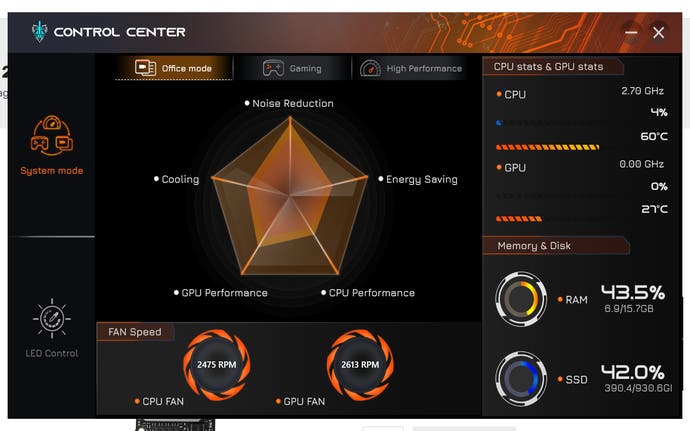
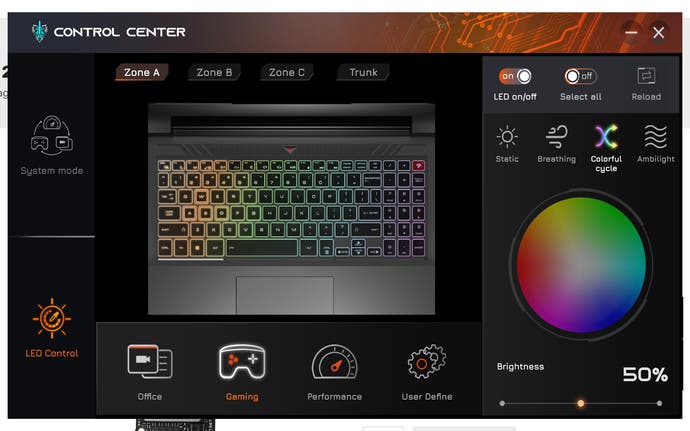
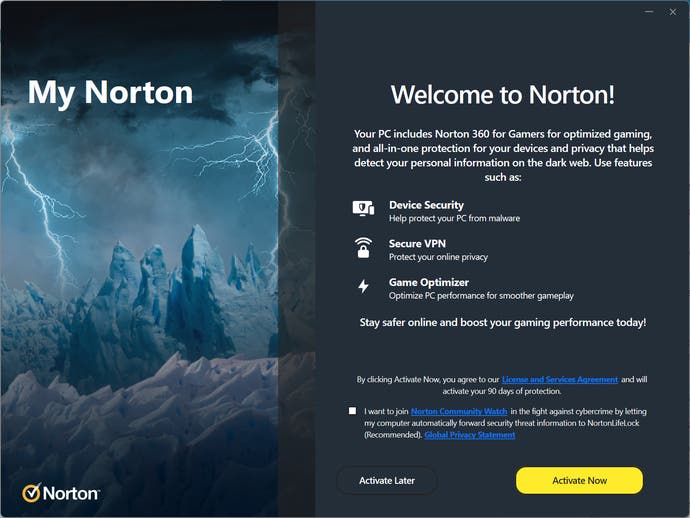
Meanwhile, the Tuxedo InfinityBook Pro 16 comes with your choice of Tuxedo OS (Linux, free) or Windows 10/11. I opted for the Linux option as it's a great way to save some money if you already have an unused, legally-acquired Windows license, and I was curious to see what changes the German firm had made versus a standard Ubuntu install. Most of the user-facing changes I found were quite modest in truth, with the default configuration offering the KDE Plasma desktop - a bit more Windows-like than the Gnome desktop in 'standard' Ubuntu - with a Tuxedo-branded control center. I installed Windows for performance testing onto a high-performance Solidigm P44 Pro drive, and of course this provides a perfectly clean copy of the OS without any bloatware.
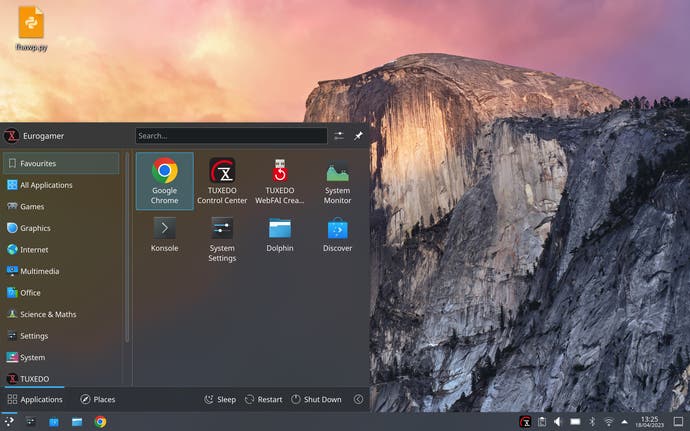
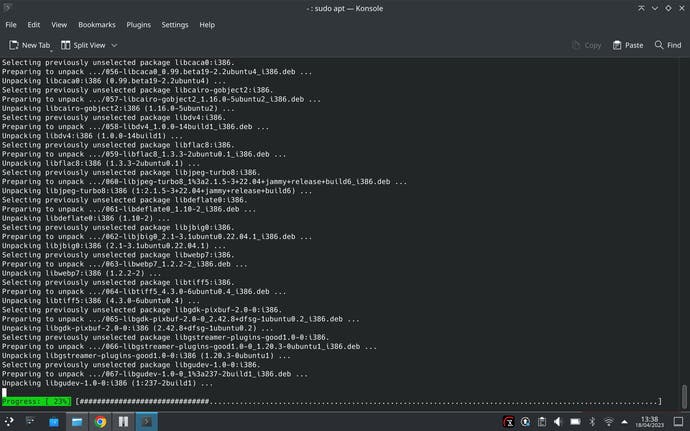
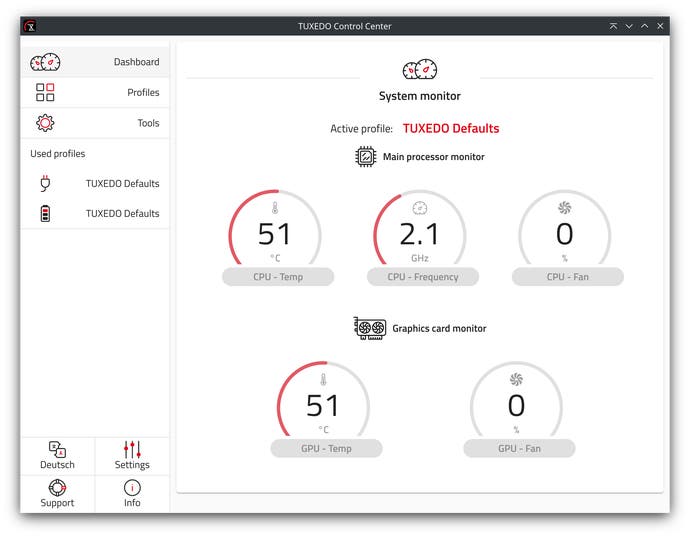
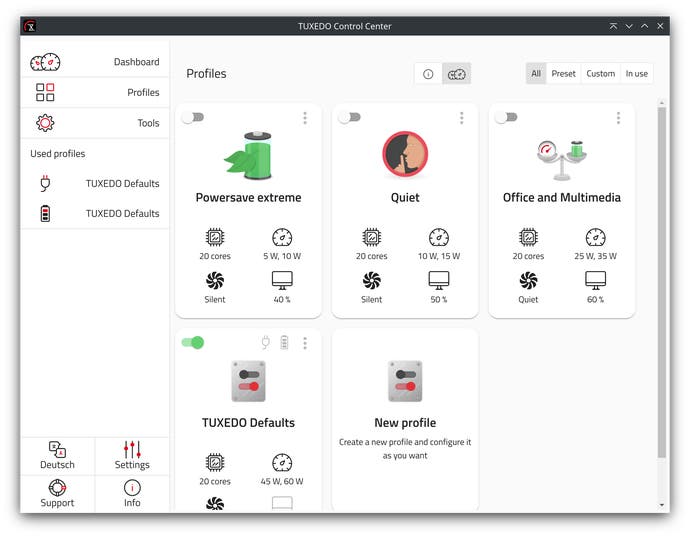
Now let's move onto the meat of our analysis, with the RTX 3060 Laptop vs desktop performance testing. Can these mid-range laptops rival our full-fat gaming desktop?
RTX 3060 Laptop performance analysis
Digital Foundry specialises in technical analysis of gaming hardware and software, using state-of-the-art capture systems and bespoke software to show you how well games and hardware run, visualising precisely what they're capable of. In order to show you what 4K gaming actually looks like we needed to build our own platform to supply high quality 4K video for offline viewing. So we did.
Our videos are multi-gigabyte files and we've chosen a high quality provider to ensure fast downloads. However, that bandwidth isn't free and so we charge a small monthly subscription fee of £4.50. We think it's a small price to pay for unlimited access to top-tier quality encodes of our content. Thank you.
Support Digital Foundry















